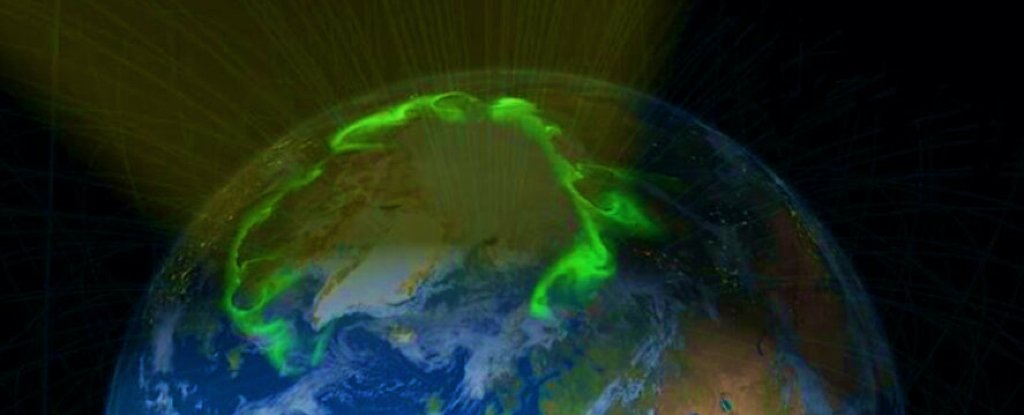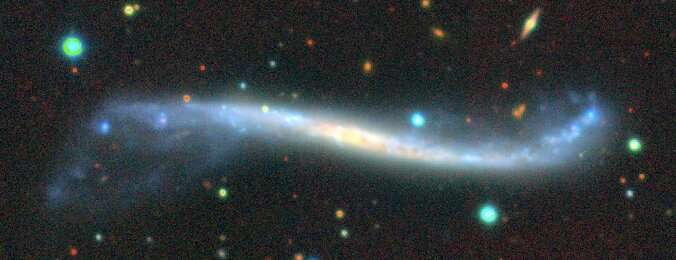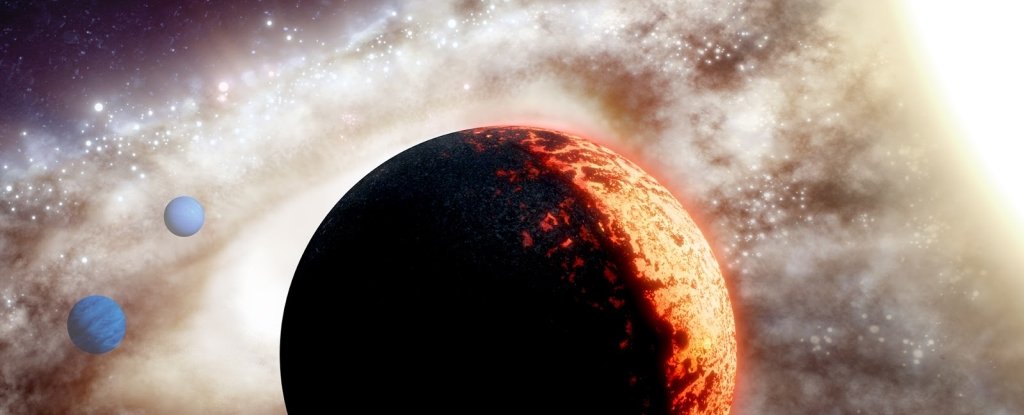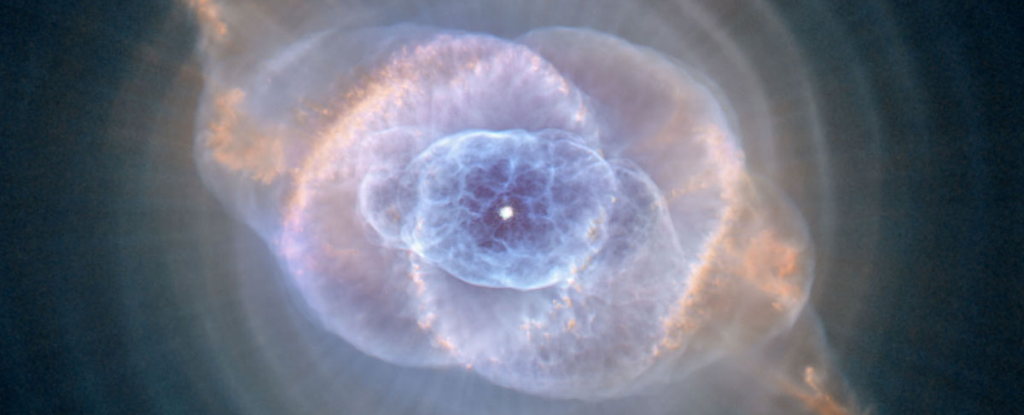Space news stories

Likely the most well-known result of the Earth’s magnetic field are the Aurora Borealis and Australis (Northern and Southern Lights).

In results announced this week at the 237th Meeting of the American Astronomical Society, scientists from the Sloan Digital Sky survey present the most detailed look yet at the warp of our own galaxy.

The mighty constellation of Orion the hunter is one of the greatest sights in the night sky.
Image from:http://deepskycolors.com/astro/JPEG/RBA_Orion_HeadToToes.jpg (Wiki Commons)

The gravitational waves we’ve detected so far have been like tsunamis in the spacetime sea, but it’s believed that gentle ripples should also pervade the universe. Now, a 13-year survey of light from pulsars scattered across the galaxy may have revealed the first hints of these background signals.
Image from: https://photojournal.jpl.nasa.gov/catalog/PIA24036 (Wiki Commons)

Around one of the galaxy’s oldest stars, an orange dwarf named TOI-561 just 280 light-years away, astronomers have found three orbiting exoplanets – one of which is a rocky world 1.5 times the size of Earth, whipping around the star on a breakneck 10.5-hour orbit.

Based on what we know about gravitational waves, the Universe should be full of them. Every colliding pair of black holes or neutron stars, every core-collapse supernova – even the Big Bang itself – should have sent ripples ringing across spacetime.








